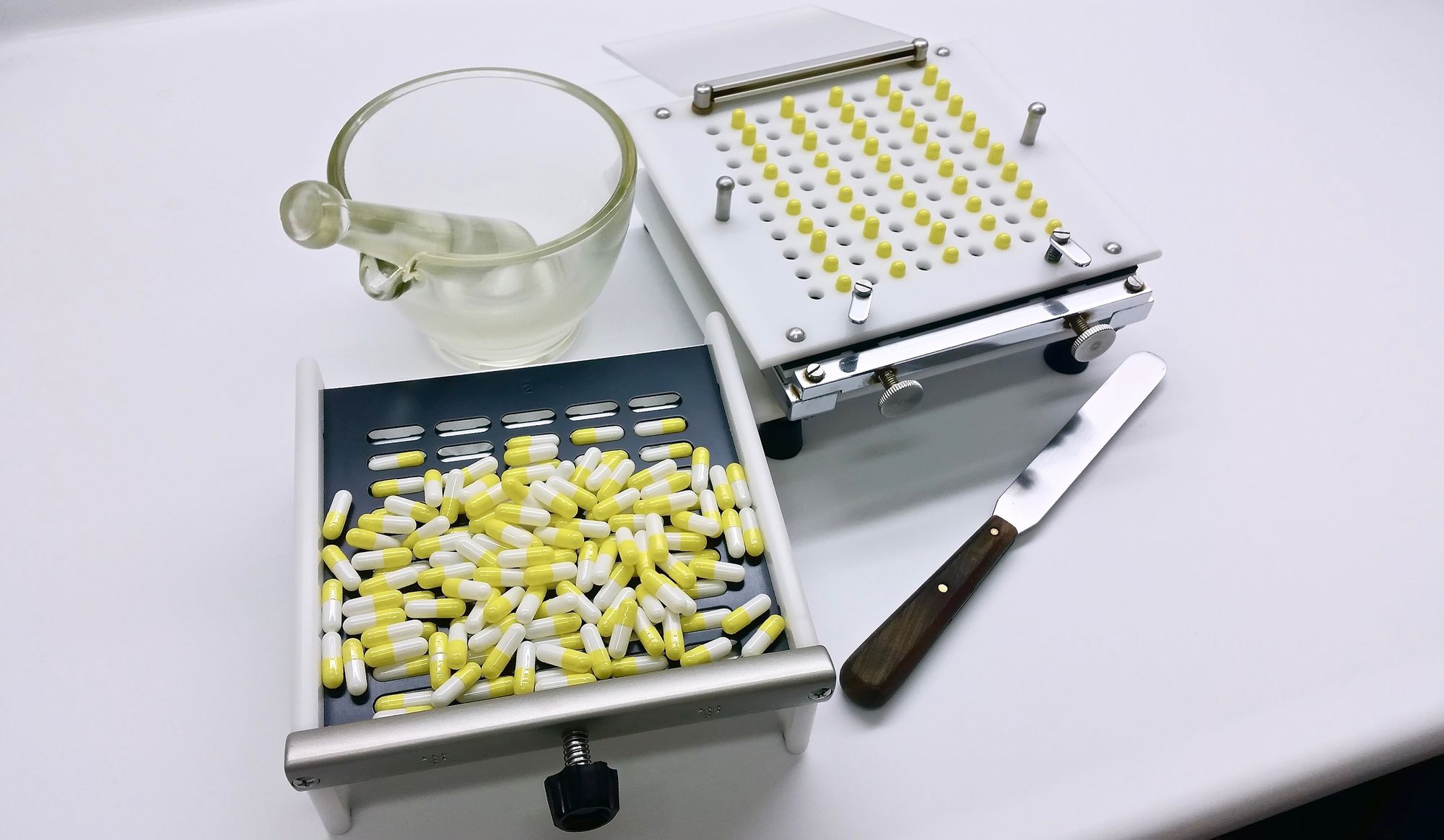Exploring Methylene Blue: Unveiling the Potential of a Time-Honored Compound

Introduction:
In the vast tapestry of pharmaceuticals, certain compounds stand out for their versatility and potential across various fields of medicine. Methylene Blue, originally synthesized in the 19th century, has withstood the test of time, proving its worth as a multifaceted agent with applications ranging from medical diagnostics to potential therapeutic interventions. Join us on a journey to unravel the intricacies of Methylene Blue and explore its fascinating role in modern healthcare.
A Brief History and Overview:
Methylene Blue traces its origins back to the mid-19th century when it was first synthesized by German chemist Heinrich Caro. Initially used as a textile dye, its medical applications were soon recognized, leading to its adoption in various fields of medicine. Today, Methylene Blue is known for its diverse range of uses, from staining tissues in histology to treating methemoglobinemia and potentially serving as a therapeutic agent in conditions ranging from neurodegenerative diseases to infections.

The Role of Methylene Blue in Medicine:
Methemoglobinemia Treatment: Methylene Blue's most well-established medical application is in the treatment of methemoglobinemia, a condition where hemoglobin loses its ability to bind and transport oxygen effectively. As a reducing agent, Methylene Blue helps convert methemoglobin back to functional hemoglobin, restoring oxygen-carrying capacity and alleviating symptoms of hypoxia.
Potential Neuroprotective Effects: In recent years, Methylene Blue has garnered attention for its potential neuroprotective properties. Studies have suggested that Methylene Blue may mitigate neuronal damage and oxidative stress, making it a candidate for therapeutic intervention in neurodegenerative diseases like Alzheimer's and Parkinson's. Additionally, its ability to modulate mitochondrial function has implications for conditions such as ischemic stroke and traumatic brain injury.
Antimicrobial Activity: Methylene Blue's antimicrobial properties have been explored in various contexts, including wound care and the treatment of multidrug-resistant infections. By disrupting bacterial membranes and interfering with essential cellular processes, Methylene Blue exhibits broad-spectrum antimicrobial activity, making it a promising candidate for combating infectious diseases in an era of rising antibiotic resistance.
Potential Anticancer Effects: Emerging research suggests that Methylene Blue may possess anticancer properties, with studies indicating its ability to induce apoptosis in cancer cells and inhibit tumor growth. While more research is needed to elucidate the mechanisms underlying these effects and establish Methylene Blue's efficacy as a cancer treatment, preliminary findings are promising and warrant further exploration.
Conclusion:
Methylene Blue stands as a testament to the enduring relevance of time-honored compounds in modern medicine. From its humble origins as a textile dye to its diverse range of medical applications, Methylene Blue continues to captivate researchers and healthcare professionals alike with its multifaceted properties. As our understanding of this remarkable compound deepens, so too does the potential for Methylene Blue to make a meaningful impact in the realm of healthcare, offering hope and innovation in the fight against disease and suffering.
